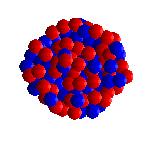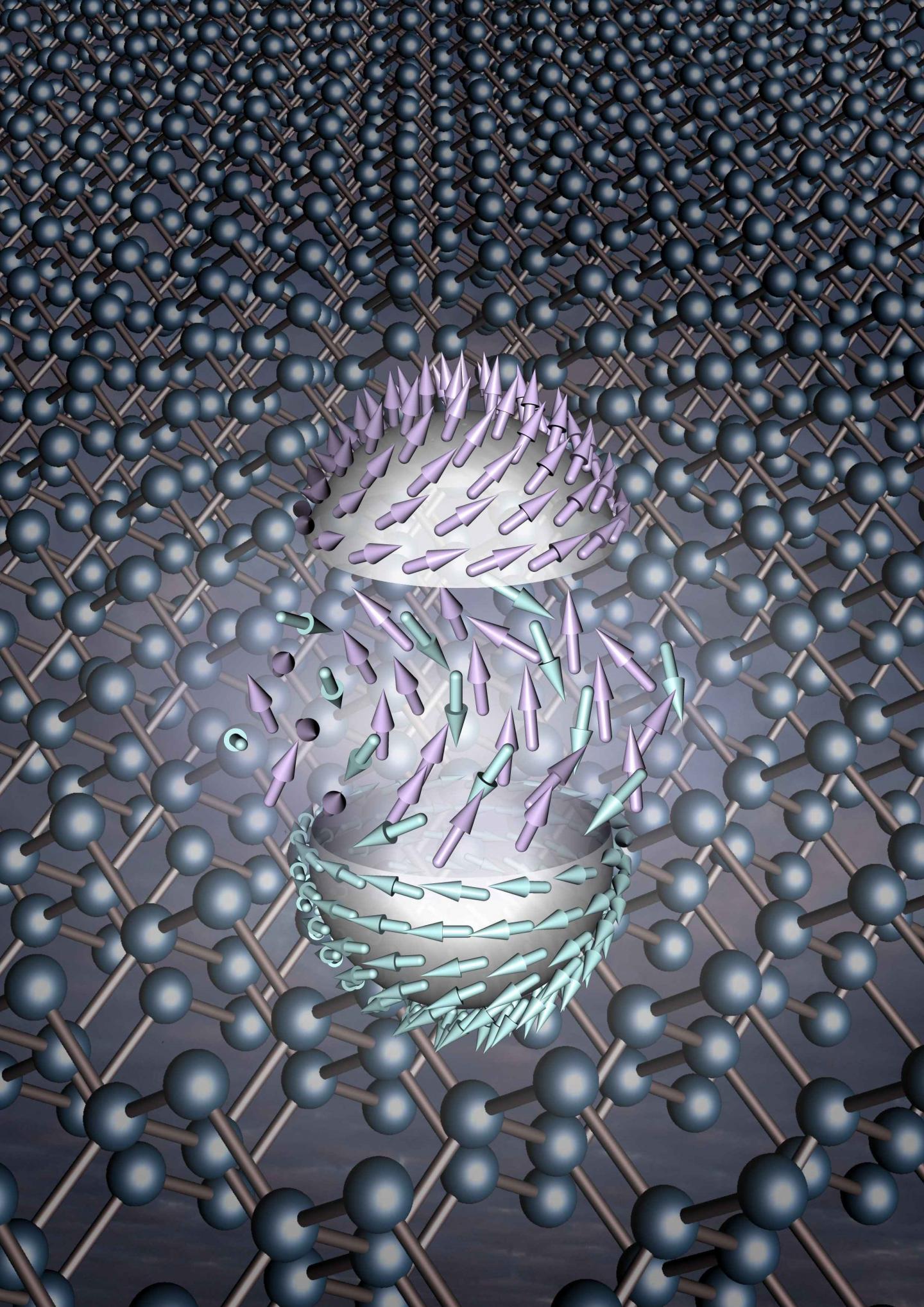Section (Self-organized electrical nanostructure)
The self-organized electrical nanostructure of DND can be formed in pure form or a mixture of several different materials.
Researcher and author: Dr. ( Afshin Rashid)
Note: Materials that have nanometer size in all three dimensions and have no dimensions of freedom. According to some classifications, this category of nanostructures is also called nanoparticles. Factors affecting the properties of nanoparticles are the size and type of particles.
Nanoparticles have various applications in various industries such as automobiles (anti-scratch of the body, anti-fogging of windows, resistant rubbers, etc.), medicine (making new drugs, diagnosis of disease symptoms, etc.), water purification and sewage, electronics, military industries) etc. Depending on their application, nanoparticles can be made in different shapes such as spherical, elliptical, prismatic, etc. Nanoparticles may consist of one component or to be a combination of several material components. Also, nanoparticles can be pure or a combination of several different materials.
This division of nanomaterials (nanostructures) is not an apparent and worthless division. These three types of nanostructures have fundamental differences both in terms of synthesis and production, and in terms of properties and applications. In general, the electrical, optical, magnetic, surface, etc. properties of these three structures are fundamentally different from each other, and of course their applications are also different. The main basis of nanotechnology is the use of materials. Every material in space has three dimensions: length, width and height. If in a material at least one of these three dimensions is in the nanometer range, it is called a material, a nanostructure. There is no accepted definition for the nanometer range, but a more acceptable definition is a range between one and one hundred nanometers. Even with dimensions of several hundred nanometers in a material, it is still called a nanostructure. In fact, the definition of the area is 1 to 100 nm to have a definition and standard.
Conclusion:
Materials that have nanometer size in all three dimensions and have no dimensions of freedom. According to some classifications, this category of nanostructures is also called nanoparticles. Factors affecting the properties of nanoparticles are the size and type of particles.
Researcher and author: Dr. ( Afshin Rashid)
Specialized doctorate in nano-microelectronics





